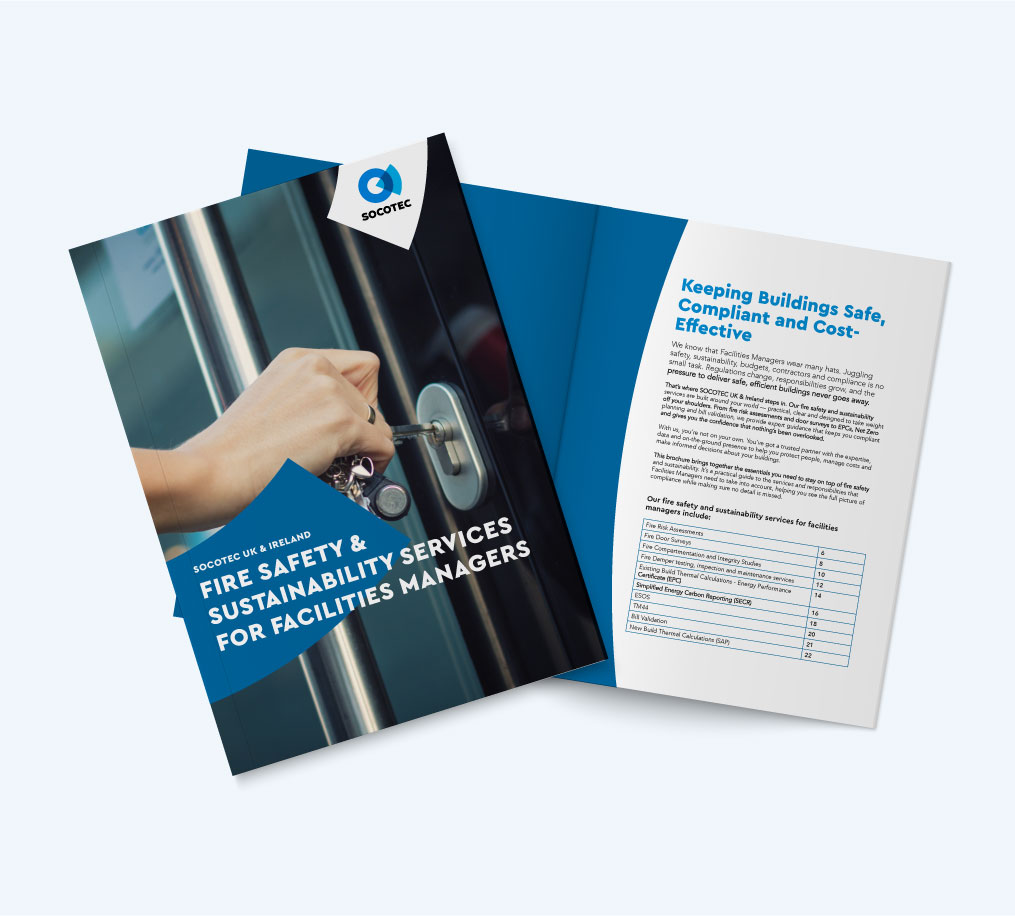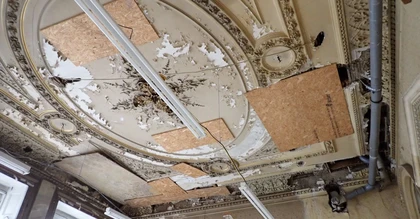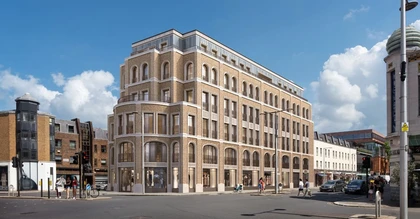Fire door surveys and inspections allow for deficiencies to be identified and for remedial repairs to be implemented to ensure that the spread of fire or smoke is minimised to provide building occupants with sufficient time to escape. An effective fire door inspection regime should include in-house visual inspections by a competent person and where necessary, full surveys by a competent contractor.
Fire doors are a critical part of a premises fire protection measures and will be found in almost all buildings. Fire doors, also known as fire resisting doorsets are used to assist in preventing the spread of fire and smoke.
Fire resisting construction also known as fire compartmentation is also required alongside fire doorsets to subdivide the building and to protect the escape routes. In most buildings, this fire protection is a legal requirement under the Building Regulations 2010 and to meet the requirements of the Regulatory Reform (Fire Safety) Order 2005 in England and Wales (and similar legislation in Scotland and Northern Ireland).
Fire doorsets are often subjected to damage due to general wear and tear, misuse, and/or malicious acts, and must undergo regular inspection and maintenance to ensure they continue to operate and function as designed.
Overview of the law on fire doors
The primary function of a fire doorset is to prevent fire and smoke spreading unchecked throughout a building in the event of an emergency. This is fundamental requirement to ensure that the escape routes stay clear of heat and smoke whilst the occupants exit the building safely. This prevention of fire spread can also significantly reduce the extent of fire and smoke damage to a building or business.
There are some important UK regulations and guidance documents that need to be considered to ensure that your fire doors are compliant, including:
- The Regulatory Reform (Fire Safety) Order 2005
- The Fire Safety (England) Regulations 2022
- BS 8214 Timber-based fire door assemblies – Code of practice.
- BS 9991 Fire Safety in the Design, Management and Use of Residential Buildings – Code of practice.
- BS 9999 Fire Safety in the Design, Management and Use of Buildings - Code of practice.
- Approved Document B
The Fire Safety (England) Regulations 2022 made it a legal requirement from 23 January 2023 for responsible persons for all multi-occupied residential buildings in England with storeys over 11 metres in height to:
- Undertake quarterly checks of all fire doors (including self-closing devices) in the communal areas.
- Undertake, on a best endeavour basis, annual checks of all flat entrance doors (including self-closing devices) that lead onto a building’s communal areas.
The regulations also require responsible persons to provide to residents of all multi-occupied residential buildings with two or more sets of domestic premises (that have common parts) information on the importance of fire doors to a building’s fire safety.
The Regulatory Reform (Fire Safety) Order 2005 applies to all premises including workplaces and the common parts of all multi-occupied residential buildings. This legislation already required responsible persons where necessary to take certain steps to ensure the safety of persons, which includes the inspection & maintenance of fire doors.
Fire Door Testing: Ensuring your building is fire door compliant
As fire doors are in frequent use as part of their daily function, they are prone to risk of damage. It is therefore important to have them inspected or surveyed regularly and maintained to ensure that they are protecting your workplace/residence to a safe and legal standard.
Under the Regulatory Reform (Fire Safety) Order 2005, the appointed responsible person is obligated to implement measures that will reduce the risk of fire and fire spread, which includes regular fire door checks.

Talk to our experts
How can SOCOTEC support you with fire door surveys?
SOCOTEC’s team of fire safety consultants will assess, validate and report on the condition of your fire doors.
Once the fire door survey has been completed, our team will provide a tailored report that will identify any faults or deficiencies and advise how these can be mitigated to support you in ensuring you remain fully compliant and maintain protection of your workforce and/or residents.

Fire Door Surveys and Inspections
How can I check that my fire door is effective?

All fire doors suffer from general wear and tear that can be detrimental to their effectiveness.
The Fire Door Inspection Scheme (FDIS)'s data, based on more than 100,000 fire door inspections carried out by its approved inspectors in 2021, found that 75% of all fire doors failed to meet the required standards, putting lives at risk in the event of a fire.
It is important to be aware of common issues to make sure that your fire door is not at risk, below is a selection of common issues found:
- Excessive gaps between the fire door leaf and the frame.
- Missing or damaged intumescent strips and/or smoke seals.
- Non-fire rated letter plates or other ironmongery inappropriately installed on fire doors.
- Worn or ineffective door hinges.
- Loose or cracked vision panels.
- Defective self-closing devices not closing the door fully into their rebates engaging the latch/lock.
All fire doors suffer from general wear and tear that can be detrimental to their effectiveness.
The Fire Door Inspection Scheme (FDIS)'s data, based on more than 100,000 fire door inspections carried out by its approved inspectors in 2021, found that 75% of all fire doors failed to meet the required standards, putting lives at risk in the event of a fire.
It is important to be aware of common issues to make sure that your fire door is not at risk, below is a selection of common issues found:
- Excessive gaps between the fire door leaf and the frame.
- Missing or damaged intumescent strips and/or smoke seals.
- Non-fire rated letter plates or other ironmongery inappropriately installed on fire doors.
- Worn or ineffective door hinges.
- Loose or cracked vision panels.
- Defective self-closing devices not closing the door fully into their rebates engaging the latch/lock.

SOCOTEC offers a range of other fire safety services, including:

SOCOTEC UK & Ireland
Fire Safety and Sustainability Services for Facilities Managers

As a facilities manager, you are responsible for keeping on top of the safety, efficiency and compliance of the buildings in your care. We at SOCOTEC understand how complex this role can be in the ever-changing regulatory landscape.
Our facilities management solutions go beyond ticking compliance requirements. Our experts partner with you to deliver strategies that enhance building performance and sustainability and help create robust fire safety measures or improve on existing plans.
View our brochure now to explore our sustainability and fire safety service offering and see how we can support you with your specific needs.
As a facilities manager, you are responsible for keeping on top of the safety, efficiency and compliance of the buildings in your care. We at SOCOTEC understand how complex this role can be in the ever-changing regulatory landscape.
Our facilities management solutions go beyond ticking compliance requirements. Our experts partner with you to deliver strategies that enhance building performance and sustainability and help create robust fire safety measures or improve on existing plans.
View our brochure now to explore our sustainability and fire safety service offering and see how we can support you with your specific needs.
Want to find out more about SOCOTEC's services?























